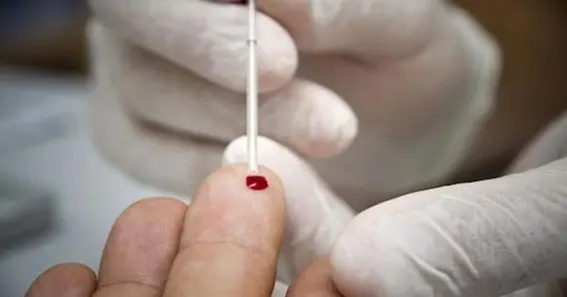When you ask why does not everyoe get finger pricks, it prompts an examination into the specific circumstances that necessitate this type of blood test. Finger pricks are primarily used as a quick, minimally invasive way to obtain a small blood sample for immediate analysis—most notably in blood glucose monitoring for diabetics—but they aren’t a routine procedure for everyone.
Medical Perspective on Finger Prick Testing
Purpose and Necessity
Finger prick tests are generally reserved for individuals who need regular blood monitoring. For example, people with diabetes often perform finger prick tests to track their blood sugar levels throughout the day. For those who are not managing a condition that requires frequent blood monitoring, more conventional blood tests performed in a laboratory setting are typically sufficient.
Alternatives to Finger Pricks
- Lab Blood Tests: In many cases, a healthcare provider may draw blood via a venous blood sample, which can then be analyzed more comprehensively in a lab.
- Continuous Glucose Monitoring (CGM): For diabetics, technology such as CGM devices has reduced the reliance on frequent finger pricks by providing real-time blood sugar levels via a sensor placed under the skin.
- Non-Invasive Methods: Researchers continue to explore non-invasive blood testing methods, which might one day eliminate the need for finger pricks altogether.
Why Finger Pricks Aren’t Universal
Finger pricks are not performed on everyone simply because they are only necessary for specific health monitoring. Routine wellness checks often rely on less frequent blood draws or alternative diagnostic tests. Moreover, the discomfort, albeit minor, associated with finger pricking and the risk of infection—if not performed properly—make it an option reserved for those who truly need immediate blood-level data.
Frequently Asked Questions (FAQ)
1. Why does not everyoe get finger pricks as part of routine check-ups?
Finger prick tests are generally used for frequent monitoring, such as tracking blood sugar in diabetics, rather than routine health screenings. Most individuals receive less invasive lab blood tests during regular check-ups.
2. What conditions most commonly require finger prick tests?
Diabetes is the most common condition where finger prick tests are essential for daily monitoring. They are also used in rapid testing for conditions like anemia or to check cholesterol levels in some point-of-care settings.
3. Are there alternatives to finger prick tests for monitoring blood glucose?
Yes, continuous glucose monitors (CGMs) have become popular among diabetics, offering real-time data without the need for multiple daily finger pricks. Additionally, traditional lab blood tests can also monitor various health parameters.
4. Is the discomfort from finger pricks a reason why they aren’t done on everyone?
While the discomfort is usually minimal, it is one of several reasons why healthcare providers reserve finger prick tests for individuals who require frequent or immediate blood monitoring rather than routine use.
5. Can advancements in technology reduce the need for finger pricks in the future?
Absolutely. With ongoing research in non-invasive testing methods and improvements in continuous monitoring devices, the reliance on traditional finger prick tests may decrease over time.
By exploring why does not everyoe get finger pricks through the medical and technological lenses, we see that this procedure is reserved for those who require frequent, immediate blood analysis. For most people, standard lab tests and emerging non-invasive methods provide sufficient information without the need for routine finger pricks.










